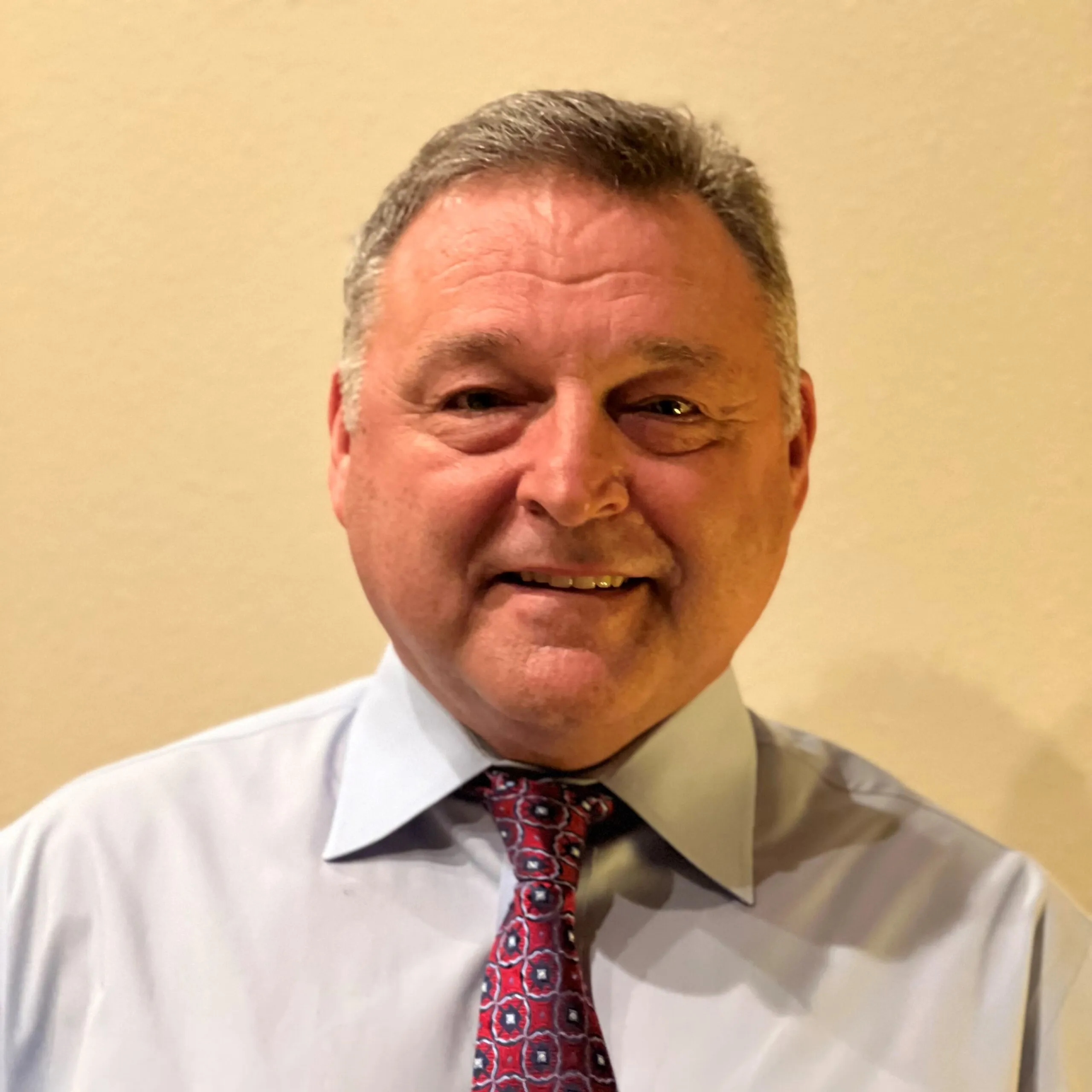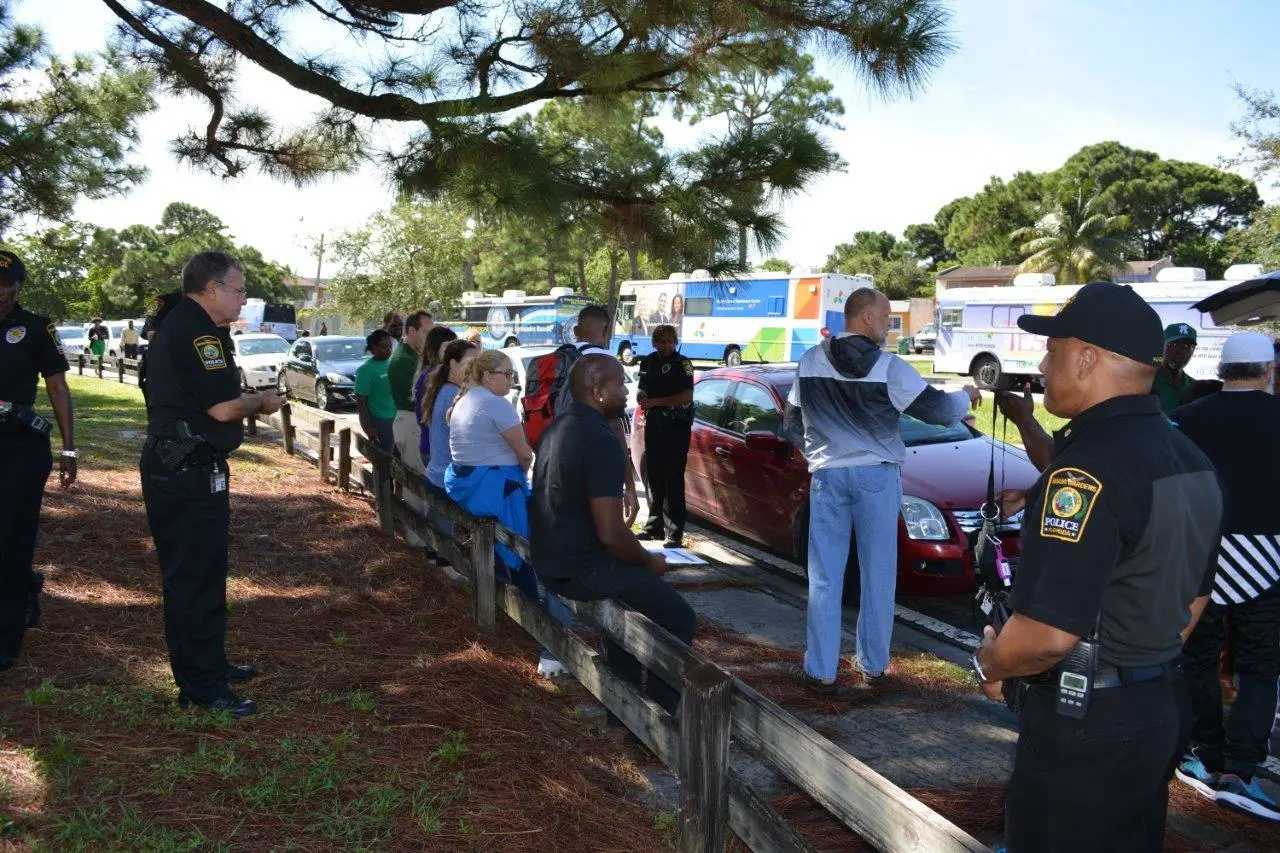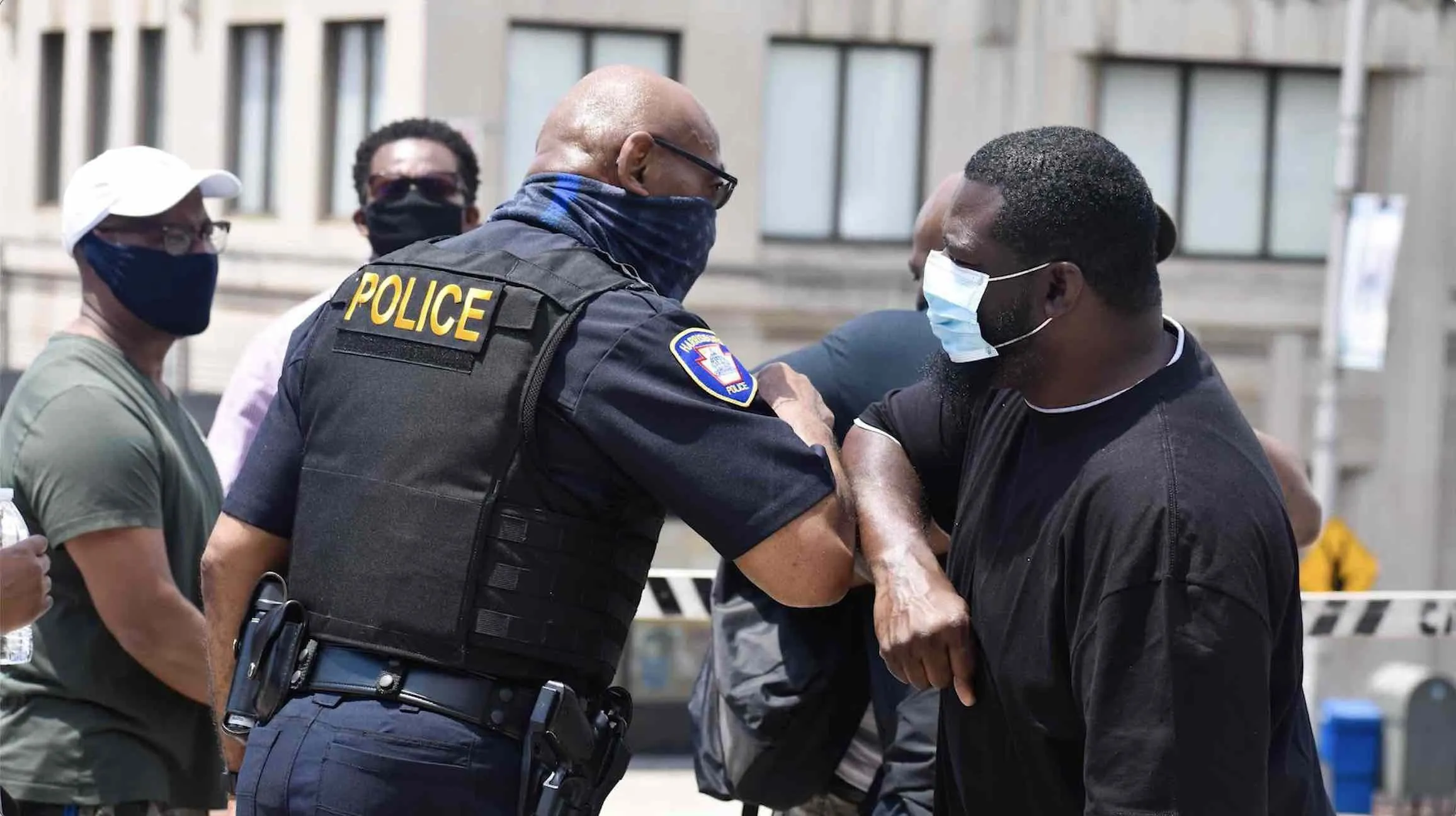It can be helpful to think of the police-community relationship as a social contract in which community members agree to give up certain liberties in exchange for protection. This contract can be viewed as a delicate dance because agencies have a lot of discretionary power and require significant trust from the public, and police transparency is ultimately required in order to gain the trust of communities.
Transparency in policing emphasizes making policies and procedures, data and information, and decision-making open to the public. A recent report indicated that 42 percent of Americans feel a lack of transparency has hurt their perception of law enforcement, exacerbating misunderstandings about how police operate.
As we move into a new era of evidence-based policing, dictated by data and best practices grounded in research, police transparency has become a top priority. In this blog, we’ll discuss several best practices that law enforcement departments can implement to build a more transparent culture, and how SoundThinking™ technologies can help.
Best Practice #1: Make Information Publicly Available (When Possible)
The easiest way to increase transparency is to make organizational charts, policies, and procedures, yearly reports, crime incidents, traffic stops, or arrests public. Thanks to the internet, it is now easier than ever to share this information with the world. Many agencies are incorporating this already by publishing annual reports that are open to the public and which disclose crime statistics from previous years.
Best Practice #2: Developing Accountability Mechanisms
“There is a need for communities to understand why police do what they do,” Burlington Police Chief Jon Murad said in a recent webinar. “If [something] didn’t look right, or if it seemed strange, or perhaps it seemed aggressive or violent, then community members will want to know why it was done that way. And if it was done properly, according to training, according to law, and according to the policies that an agency should be putting in place for itself that include compassion and human dignity, then there should be no difficulty in explaining what occurred. And if there is, then there needs to be accountability for that.”
So, what are some of the ways that police agencies can build a culture that advocates for accountability? Here are a few.
- Making Use of Force Reports Public: In the same webinar described above, Chief Murad discusses how every use of force incident in Burlington over the past year has been made public. There is a narrative that is available to the public so the public can see what the use of force was, what kinds of tools or techniques were used, who it was used against with regards to demographic information, involved officer(s) demographic information, and the narrative that provides context around that usage. The end goal is that eventually there will also be video footage of every incident in addition to the narrative. “The more transparent we can be about this, the more we can answer unresolved questions,” Murad said.
- Sentinel Event Reviews: Sentinel event reviews (SER) start with the idea that sometimes complex events lead to bad outcomes. While these outcomes might not necessarily be any person’s fault, it can nevertheless be incredibly useful to gather a working group to review what led to the bad outcome and how to prevent it in the future.
- External Accountability from Civilian Oversight Groups: “Input from civilian advisory groups, or having representatives of the public whom you give insight into complaints or issues around uses of force is really important,” said Chief Murad. The National Organization for Civilian Oversight of Law Enforcement is an example of a non-profit organization doing this type of work, bringing together individuals and agencies working to establish or improve oversight of police officers in the United States. Local government officials can also provide a means of external accountability, as they can easily call police executives to public government or committee meetings to provide updates on key areas and policy.
Best Practice #3: Using Technology to Increase Transparency
CaseBuilder™
CaseBuilder is a comprehensive case management tool that can improve clearance rates and the efficiency of criminal investigations. Among its many functionalities, law enforcement agencies can use this platform to thoroughly document each use of force incident, including what force was used and any escalations that occurred. They can then present this data to the public in order to further increase transparency.
ResourceRouter™
ResourceRouter is patrol management software that leverages public data (such as time of month, time of day, holidays, weather, day of the week, gathering points, schools, event locations) and helps commanders instruct and direct patrols on how to provide meaningful interaction keeping communities safe without overpolicing.
Furthermore, broadening transparency within law enforcement agencies is just as critical as promoting transparency between police and the community. ResourceRouter provides several features that give supervisors greater visibility into patrol activities, including:
- The Shift Report, which helps commanders and supervisors ensure that officer deployments are effective and impactful.
- The Tactic Report, which helps commanders and supervisors measure and evaluate what tactics officers are using to deter crime and ensure that officer deployments are sufficient, well-positioned, and sustainable.
- The Officer Report, which helps commanders and supervisors measure the sustainability of tactics in terms of public safety benefits while ensuring that officers have what they need in terms of training, tools, and team members.
- The Crime Type Report, which provides commanders and supervisors with insight into which crimes have received the most focus and attention.
- The Crime and Dosage Report, which provides commanders and supervisors with a snapshot of crime and dosage trends over time.
Ultimately, both CaseBuilder and ResourceRouter are powerful technical platforms that law enforcement agencies can leverage to promote greater transparency and greater accountability within their agencies, which, in turn also improves relations with the community.
The Big Picture
Police agencies need to be transparent and accountable, and the fact that 42 percent of Americans believe that there is currently a lack of transparency in policing indicates that there is still considerable work to do. We hope that this blog acts as a helpful starting point with which to continue building a culture of transparency with your agency and your community.





